2006 Toyota Previa

| The Good: – Spaceship looks – Respectable fuel economy – Huge interior |
The Bad: – Limited front kneeroom – Slow acceleration – No respect on the roads |
No one wants to read about a van, especially if it is a Toyota minivan. No matter how good it might be. So we thought this is a good opportunity to have some fun. We pitted the all-new Previa minivan, powered by an everlasting 2.4-litre four-cylinder, against one of Toyota’s legendary classics, namely our 1987 Toyota Supra Twin Turbo, retrofitted with the bulletproof 1JZ 2.5-litre six-cylinder twin turbo. This was going to be tremendously fun.
The new-for-2006 Toyota Previa we picked up from the dealer is a rather attractive vehicle in its own right. It is quite possibly the Japanese firm’s most daring design, and its unique detailing look like they were inspired by Star Trek. It looked positively modern next to our personal Supra, which looks so 1980s that if it were black, you’d expect that guy from Knight Rider to pop out of it. The Previa has some amusing features, like the power-operated sliding side doors and upward-opening rear tailgate, both of which can be operated by buttons inside or even by a remote, so as to scare passing bystanders when it is parked. We could never get the tailgate to work with the remote however, and we never figured out how to remedy the issue.
Build quality is up to the usual Toyota standards, and the futuristic theme continues with the cabin, which sports a dashboard with an eye-shaped gauge cluster along its width, and an eerie glow from the central speedometer enhances the space-age feel. Surprisingly, our loaded Previa uses the same keyless entry and keyless starter button system as Lexus and Mercedes-Benz, so the key always stays in your pocket as you enter the van, start it and drive off. The interior is lined with fabric, with three rows of seating. The first two rows consist of two “captain’s chairs” each, while the last one is a bench. All seven seating positions have ample legroom, including the third-row bench, though we doubt this bench will hold three people as comfortably as intended. There is also a slight kneeroom shortage in the front, so we had to adjust our driving position so as not to bang our knees on the thick centre console. The best seats in the house are therefore the ones in the second row, which even have bottom extensions to rest the legs. There is a good amount of hard plastics spread throughout the cabin of notably high quality, though softer materials would’ve been appreciated.
Amenities include an acceptable CD/MP3/WMA stereo, a good a/c with front and rear vents, cruise control, power windows and mirrors, and covered storage areas in the weirdest of places. There are a bunch of cup holders, some more useful than others. Luggage area is limited with all seats in use, with enough space for, say, a little lamb. Fold the third row away and you could stuff a couple of goats in there. Get rid of the second row too, and a cow is entirely possible, though there are only enough airbags for the driver and front passenger.
Driving the Previa in the city rush is easier than expected. The short front end, huge windows, big mirrors and beeping parking sensors all help in squeezing this house through gaps in traffic and into tight parking spaces. However, drive it on the highway and you will be subjected to tailgaters of all shapes and sizes. We drove it on the fast lane at as high as 140 kph, and we were still being chased, flashed and honked at by tailgating morons in expensive cars. So we made one of our support monkeys drive the Supra behind the Previa, and the red sports car’s free-flowing roar kept the snobby rich folks at bay. Shifting our attention back to the Previa, we noticed that it is a fairly quiet cruiser, with little wind noise, though road noise was audible, sounding like an a/c at full blast. The ride was soft and comfortable, but bounciness over potholes wasn’t excessive enough to be an issue.
The Previa’s refined 2.4-litre four-cylinder, with 166 hp and 223 Nm, is straight out of the Camry, and does its job of moving the minivan at a somewhat acceptable pace. Fuel economy is very good, and the fuel tank is so big that we did not have to fill it up during our whole two-day excursion. Low-end response around town is good, but hit the hammer and the engine revs hard and smooth, yet nothing much happens. By the time the Previa reaches 100 kph from standstill, which takes as long as 11 seconds, the Supra is already on its way to the moon, having reached 100 kph about 5 seconds earlier with the help of 300 turbocharged horses. The Previa is easier to drive though, with a 4-speed automatic that performs smooth upshifts and somewhat hard downshifts, but comes with a simulated manual shift feature too. In contrast, pumping the stiff racing clutch of a 5-speed manual Supra in rush hour is about as pleasant as pulling your toenails off.
Pushing the limits of adhesion at our self-proclaimed proving grounds, our test Previa, equipped with the optional 17-inch wheels and the wider tyres that accompany them, proved to have a good amount of grip for a minivan as we gradually cornered harder and harder with it. We thought a van would be unpredictable, but it handled just like a tall car rather than a top-heavy 4WD. There was body roll, but no more than a Camry. We pushed it harder, and it seemed easy to control the gradual front-wheel-drive understeer as we turned into long curves with squealing tyres at speeds beyond 100 kph, while our support monkey following in the Supra was already oversteering while playing with all that power through the rear wheels.
Our ancient Supra came standard with electronically-controlled shock absorbers that can be set for comfort or sport, which shows how far ahead of its time Toyota was. We are surprised that some form of air suspension did not make it into the Previa, given that it already has trick door locks just like Mercedes-Benz. Braking performance, well-equipped as the Previa is with four-wheel-discs and ABS, was good for a van but not as strong as that of a car, let alone the Supra. It does however stop faster than many low-end 4WDs.
After gaining enough confidence, we ended the Previa’s handling run with a 180-degree handbrake turn, through which the big minivan’s stability was commendable, feeling just like any car. This vehicle is definitely much safer than a 4WD in terms of rollover resistance. We just spent the rest of the day burning rubber with the Supra, but the Previa had already proved itself.
The Toyota Previa is popular with hotels as transportation for guests, driven around by uniformed drivers, so it is possible individual buyers will be mistaken for one of these. If you can learn to ignore tailgating honkers bent on putting the “little people” in their place, then this thing can become the ultimate family road-trip hauler. We had to be escorted around by a big red sports car to keep the drooling road-rage junkies at bay. The Previa itself drives well, and comforts well too. It is remarkable how far minivan design has come over the years.
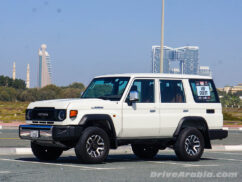
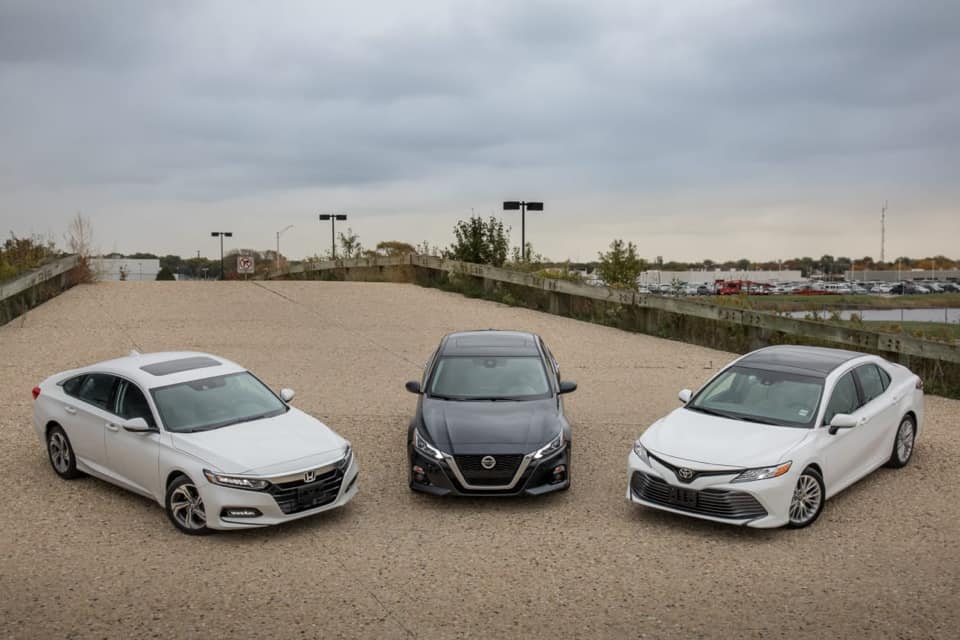
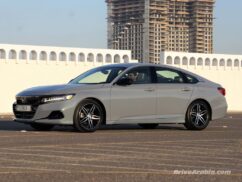
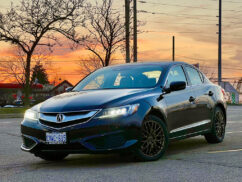
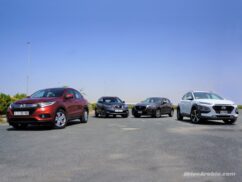
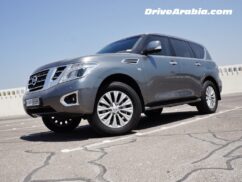
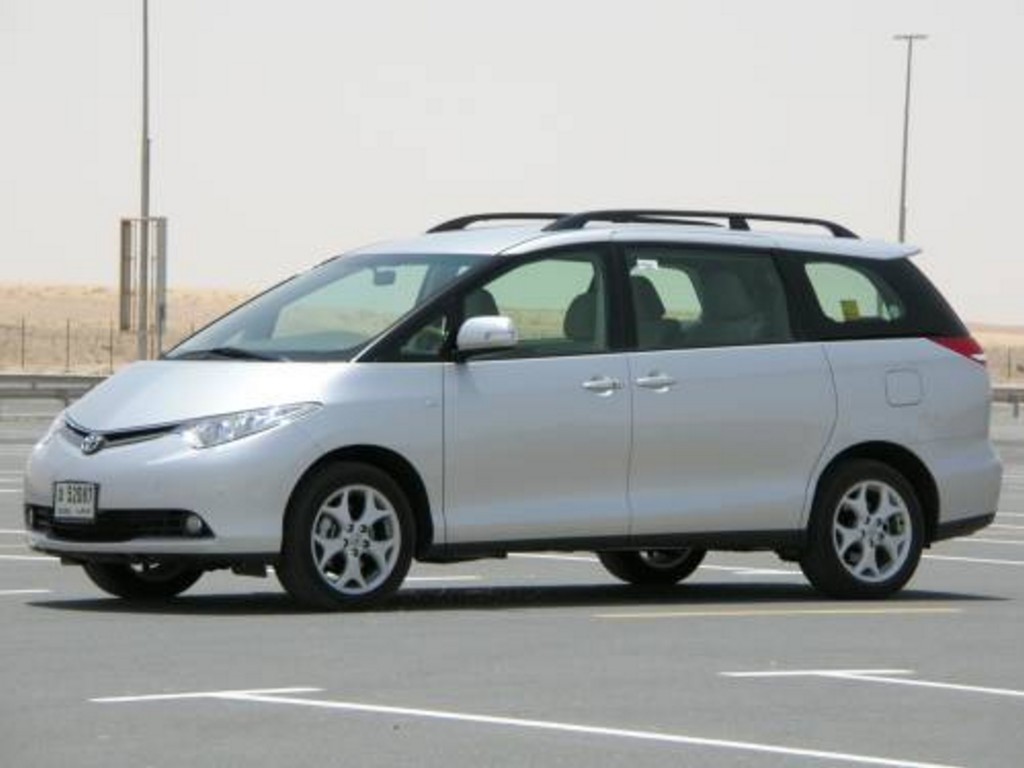
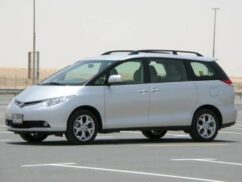

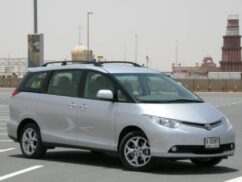


There are no comments. Be the first!